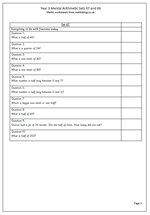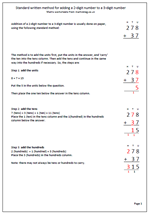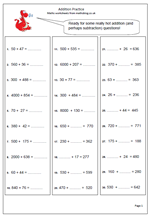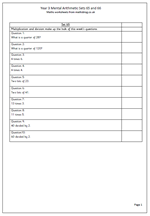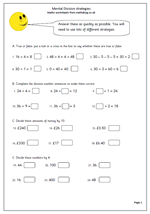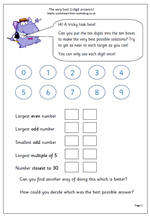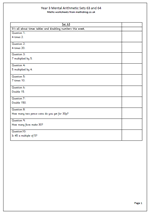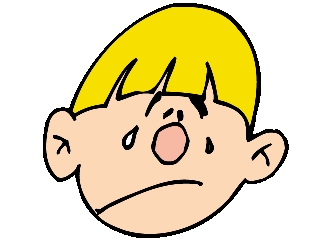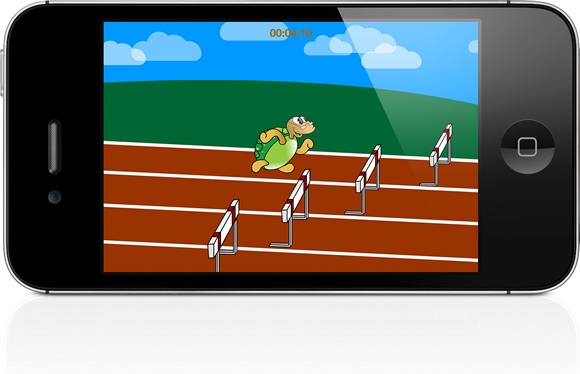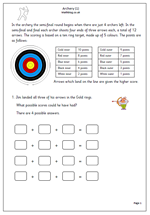 Archery is usually organised as a knockout competition with the last two archers left going for the First and Second place medals.
Archery is usually organised as a knockout competition with the last two archers left going for the First and Second place medals.
The target consists of ten rings, made up of 5 colours. Points are scored depending on which ring the arrow lands. Arrows which land on the line are given the higher score. 10 points are rewarded for a Gold Inner, 9 for a Gold Outer, down to 2 points for a White Inner and one point for a White Outer.
This worksheet asks what possible scores can be achieved by landing all three arrows in the Gold Rings.
The second page asks what scores are possible if one arrow lands in Gold, one in Red and one in Blue. There are 8 combinations, with just four possible totals.
This could easily be extended to find other possible combinations.
This page is best suityed to Year3/4 children and can be found in our Year 4 Using and Applying Maths category.
